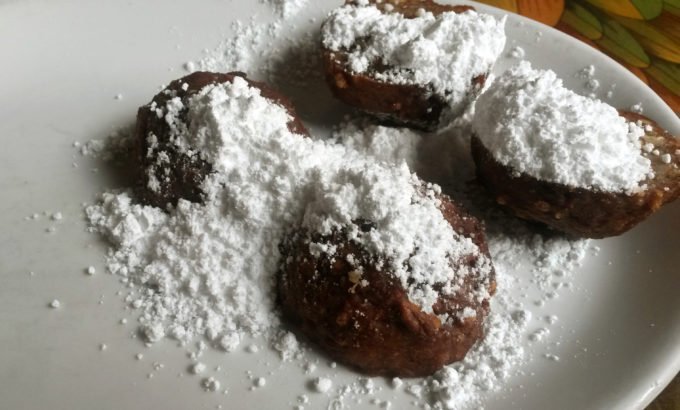
Some Culinary Traditions Deserve to Die

Some Culinary Traditions Deserve to Die
Calas in New Orleans
An epicurean who has traveled in New Orleans has experienced, at least, the following three culinary events: morning beignets with café au lait, an updated version of the po’boy sandwich, and the French 75 and Sazerac cocktails.
But I wanted to explore dishes like the maque choux and the calas. As a food writer with a linguistic background, I found calas to be the most interesting phonetically. Larousse Gastronomique has no entry for this word, and John Egerton’s book Southern Food also does not include them; today, this former breakfast street-food staple is far less common in New Orleans than it once was. The Old Coffeepot restaurant has reportedly had Calas Cakes on its menu since 1879. A newer brunch-type café, Elizabeth’s Restaurant, offers the Old Fashion Calas as well. There is also a savory version served as an appetizer at Brigtsen’s Restaurant, the shrimp calas.
I decided to visit the Old Coffeepot, the most loyal to the culinary tradition. The description of calas varies from recipe to cookbook, food writer to food historian, and ranges from rice fritters to fried rice cakes to rice doughnuts and even rice beignets. Calas first appeared in the late 1700s together with West African enslaved, rice-growing people. African Creole women used to sell them in the French Quarter early in the morning. A New York Times article dated from 1907 states the calas is “a concocted cake that seemed to harmonize perfectly with the morning cup of coffee for which one might search in vain through New Orleans today. They disappeared with the black ladies early in the century.”
Nobody has a definite explanation for the name. According to the Dictionary of American Food and Drink, their name is attributed to the African word kara, which means fried cake. There are various versions of the calas recipe, but they seem to include the same ingredients: rice, eggs, sugar, flour, vanilla, nutmeg, yeast or baking powder, and oil or fat for frying.
Back at the Old Coffeepot Restaurant, my order of calas cakes—without the side of grits, but with the pecans—has arrived with mountains of powdered sugar and a jar of syrup. They are ball-shaped rice fritters, dark on the outside and dry on the inside. I add the sugar and pour the syrup over them, but this makes them overly sweet, too much without another sip of coffee; maybe that’s why they pair so wonderfully with the bitter beverage.
They are not soft at all. They are hard, dry, and sweet, and are not pleasant to eat, but I finish them all as I don’t like leftovers. I take a look at the tables of fellow breakfast-goers and notice that nobody else had ordered the calas. I wonder if they have become a lost culinary tradition because they are just not tasty. If I have to be honest, I didn’t really like them. Compared to the airy and soft beignets, the calas get definitely less points. But maybe that’s because I haven’t tried the savory version. Next time.